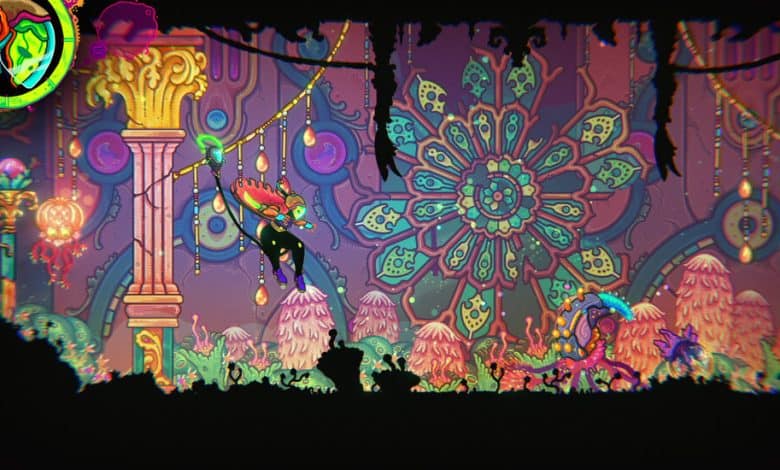Game Reviews: A Psychedelic Adventure and a Tedious Drive

Beyond blockbuster video games is a world of original ideas from smaller studios. We’ll regularly highlight some of the newer options.
Ultros
Far, far away in the vastness of deep space, an ebony spaceship awaits. Inside is a lush, lurid botanical expanse of plants, trees and fungi, species that have never before been seen. Vibrant vegetation sprawls everywhere, through tunnels, crawl spaces and gardens. It’s not simply a bucolic environment. About five hours into Ultros, you realize this heady biome is both a sarcophagus and the place of birth for something dark and unknown.
In the varied universe of video game concepts, perhaps the most important attribute is the idea of being rooted in place. Long-running series like The Legend of Zelda tout the Hyrule kingdom’s mysteries, rife with dim dungeons and vast wetlands observed from mountaintops.
It’s different for indie games like Ultros, the first title by the Swedish studio Hadoque. Within their newly imagined worlds created by a few people, place is not so familiar to players. Often, there is no franchise history on which to fall back, just a carefully conceived first take — Ultros’s is stirring, its environment sometimes homey and sometimes dangerous — that game makers hope will catch on.
Yes, Ultros is part of a genre of 2-D side-scrolling games known as Metroidvanias. There’s even a silent protagonist, called Ouji, who evokes Metroid’s female warrior, Samus. The quest is to search nooks and crannies, repeat your paths, battle with insane precision, slowly uncover hints of story — and find a way out.
The similarity ends there, however, because this scrupulously detailed world has never really been imagined before. The set pieces are somewhat inspired by the Art Nouveau posters that Alphonse Mucha created for the stage actress Sarah Bernhardt and others, along with 1960s psychedelic fantasy art.
